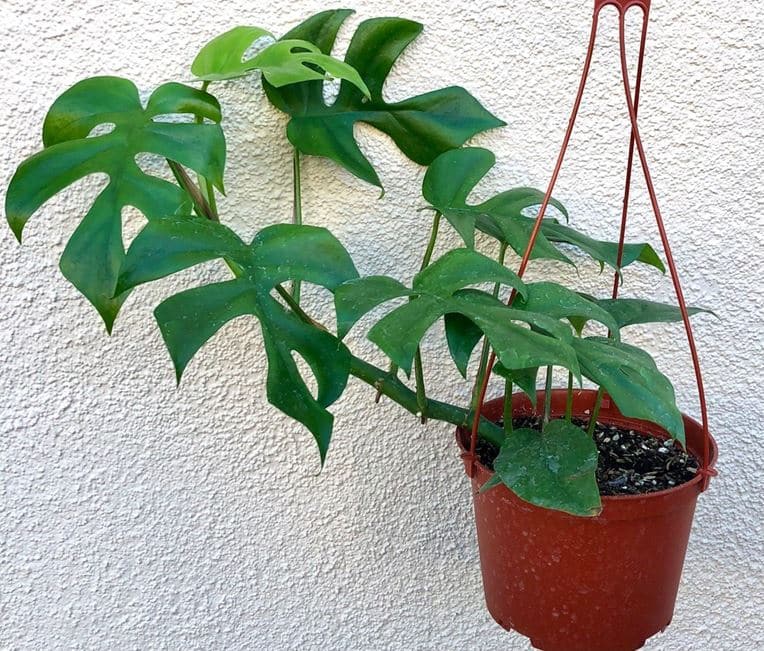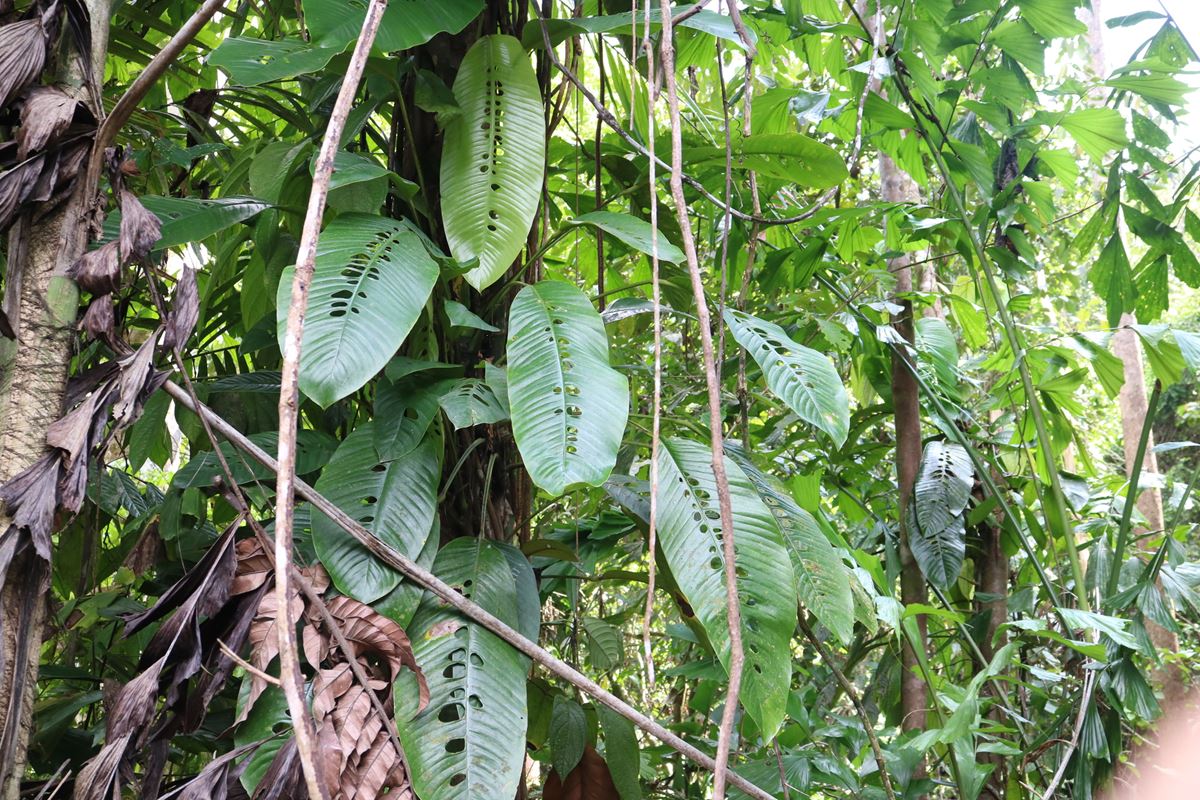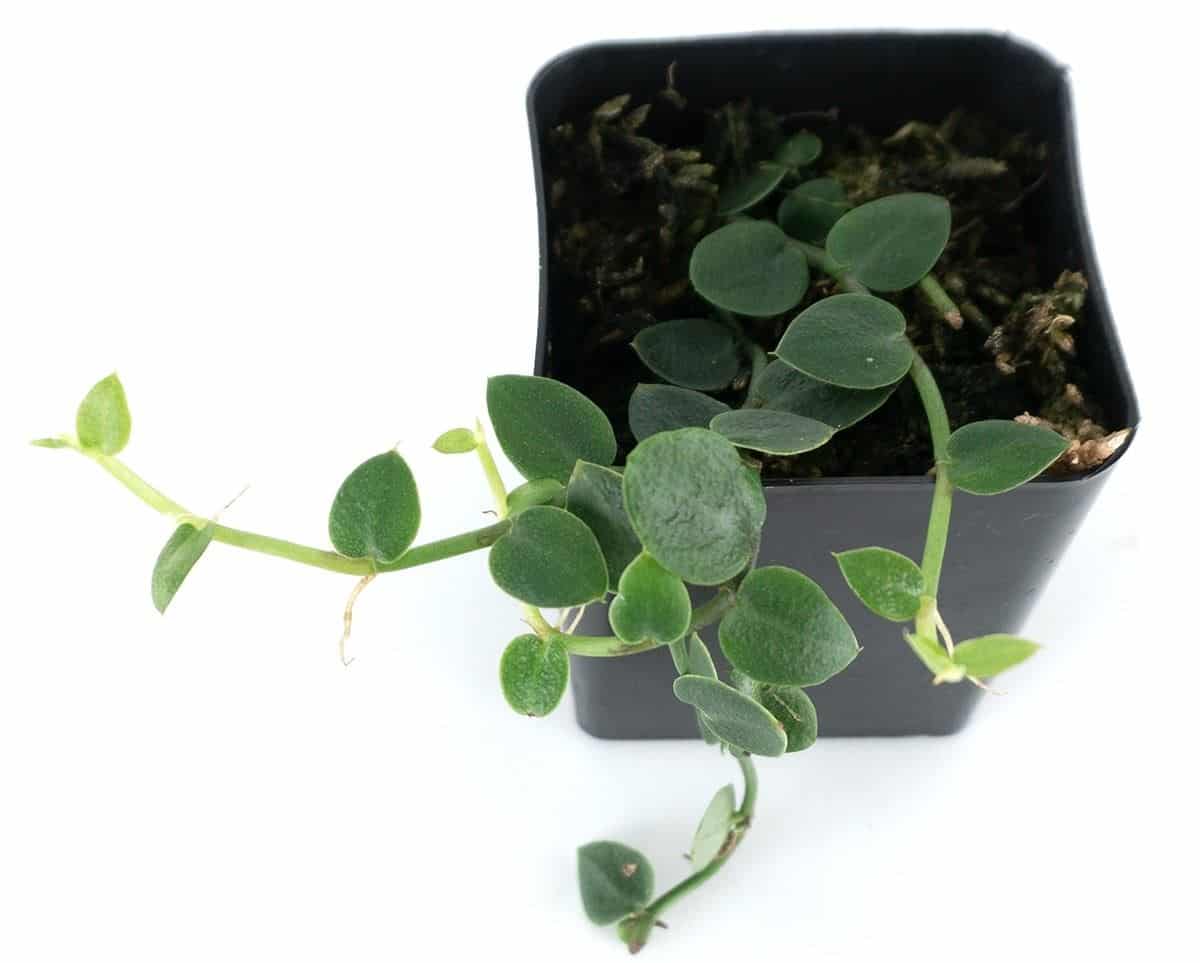With the many people turning to tissue culture for mass houseplant production, there is a concern about whether Rhaphidophora tetrasperma tissue culture is good or bad. And are there any differences between it and usual propagated plants or one grown from the seeds?
We will tell you what tissue culture is, giving you the steps or a general overview. Afterward, we will narrow to Rhaphidophora tetrasperma tissue culture.
Contents
Overview
Rhaphidophora tetrasperma is a popular houseplant with shingling juvenile leaves and large, non-shingling glossy green mature leaves with deep splits. Also, some leaves may have a few rhombic holes.

It belongs to Araceae, the arum family or aroids, and is native to Thailand and Malaysia. Its common names include mini Monstera (initially thought to be a smaller type of Monstera deliciosa), Monstera minima, Philodendron 'minima', 'Ginny', or 'Piccolo'.
About tissue culture propagation
The usual ways to propagate plants are using cuttings or seeds. Some plants need a stem with a node, while for others, a leaf, root cutting, etc.
For Rhaphidophora tetrasperma, propagation is by either stem cutting or seeds. You cannot propagate it with leaves, aerial roots, or node-less stems. But you can use air layering and division (if it has several suckers).
1. What is tissue culture and the process
Tissue culture or micropropagation refers to the process of propagating plants in a sterile culture to produce an exact clone using explants (a small plant tissue, a few cells, or even one cell).
The process involves placing these explants in a sterile growth media in vitro (test tube or culture dish) with nutrients and necessary hormones to allow them to grow numerous shoots.
Afterward, you will divide the shoots and put them in the media again until you have enough stock.
Once you have enough stock, you will go to the sub-culturing step. Here, hormones help to induce rooting produce plantlets. And once they are large enough, they can go to a greenhouse and be grown in soil.
2. Pros and cons
Before we go to TC or tissue culture R. tetrasperma, here are the pros and cons.
Pros or advantages
- It’s quick, i.e., you may produce a large volume of plants within a short time, compared to other ways of propagation.
- You can pick a plant with the desired traits, such as variegation. For instance, Monstera Thai Constellation tissue culture resulted in a lovely plant everyone likes.
- You will end up with plants that are free from any diseases.
- It is a way to propagate plants with low seed germination rates
- The process requires small space, i.e., you can produce millions of plants in a small lab.
- It allows for mass production, making it great for commercial purposes.
Cons or downside
- It is costly (requires an initial investment) in necessary material and equipment.
- Only trained personnel can perform the procedure.
- Picking a defective plant or failing to screen explant well may result in abnormal plants. For example, some may be susceptible to diseases.
- It presents contamination risks
- This cloning results in less genetic variability compared to plants propagated in other ways.
Rhaphidophora tetrasperma tissue culture vs. non
It is a fact that there are Rhaphidophora tetrasperma tissue culture plants and those that aren’t. And people have mixed opinions about the tissue-cultured vs. seed-grown or stem cut plant original plant. Some vendors indicate which plant they have, and some buyers are looking for a specific one.
We believe both plants look amazing unless defective. Nonetheless, there are noticeable differences. But it will need someone experienced with R. tetrasperma plants to distinguish between tissue-cultured and those not.
Here are some noticeable differences we have seen in this Rhaphidophora so far.
| Tissue culture R. tetrasperma | Non-tissue cultured |
| Most plants tend to have smaller, narrower, and thinner leaves. | They have larger, broader, and thicker leaves. |
| It has thinner stems | Grows thicker stems |
| Some splits are closed, maybe narrower, or some may have fewer or no splits. | It has open splits that look wider and present in all leaves. Occasionally, you will find rhombic holes near the midrib. |
| Grows faster | Grows slowly |
Unless you have these two plants side by side, it is not easy to tell some differences, such as leaf thickness. So, you will only tell a plant is tissue-cultured if it looks very distinctive.
What about variegated Rhaphidophora tetrasperma?
It is possible to use tissue culture to produce variegated Rhaphidophora tetrasperma, and the variegation will be stable with less likelihood of reverting. But it can happen since another mutation can cause the plant to revert to green.
Other factors such as survival tactics and the need to adjust to the environment are the possible reasons why plants revert.
We don’t see the big deal with buying a tissue culture Rhaphidophora if the plant looks healthy and has the expected appearance.
How to avoid tissue culture plants
When buying your plant, ask the vendor if it’s tissue-cultured or not if they haven’t indicated. Some people are kind enough to state while others don’t.
Furthermore, other people don’t know if their plant was initially a TC. They just bought their plant and began propagating it. So, you need to look at the plant, especially the mother plant, to know.
Bottom line
There is nothing wrong with tissue culture Rhaphidophora tetrasperma. Yes, they may show some variation. But on the positive side, it’s a new variation. The only real issue you need to ensure is that the plant is healthy, i.e., free from defects and not susceptible.





Leave a Reply